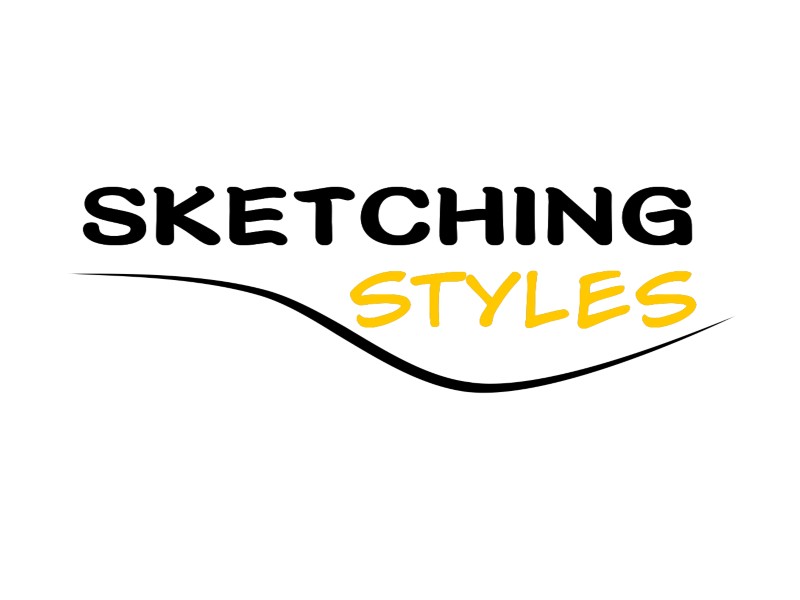Fashion illustration has been a key part of the fashion industry for centuries. It has been crucial in bringing designers' ideas to life and showing the world their creativity. However, with the advancement of technology, the debate about the future of fashion illustration has arisen. Is it time to embrace digital methods or should the industry continue to rely on traditional methods?
We will attempt to predict the future of the fashion illustration industry and examine the advantages and disadvantages of digital and traditional methods in this blog post..
Traditional Techniques
Traditional technique using graphite and coloured pencils

Digital Techniques
Digital technique done with CAD software

The Future of Fashion Illustration
Digital techniques will likely be more widely employed in the fashion industry as technology advances. Digital illustration provides a level of convenience and flexibility that is difficult to match with traditional techniques. Furthermore, digital illustrations have been a fundamental part of fashion brands' marketing and their brand identity with the increasing use of social media.
However, traditional techniques will never disappear completely. Many designers still appreciate the uniqueness and personal touch that traditional illustrations offer. Additionally, traditional techniques can provide a sense of nostalgia and tradition that can be difficult to replicate with digital tools.
In conclusion, the future of fashion illustration will likely be a blend of traditional and digital techniques. While digital tools offer speed and convenience, traditional techniques offer a level of uniqueness and personality that is difficult to replicate digitally. It will be fascinating to observe how fashion designers combine traditional and contemporary methods in their designs as this industry develops.


.jpg)

Wow 😍 I'm so inspired, Thank you so much for this 🤗🙏
ReplyDeleteYou're are welcome. Thank you so much.
Delete